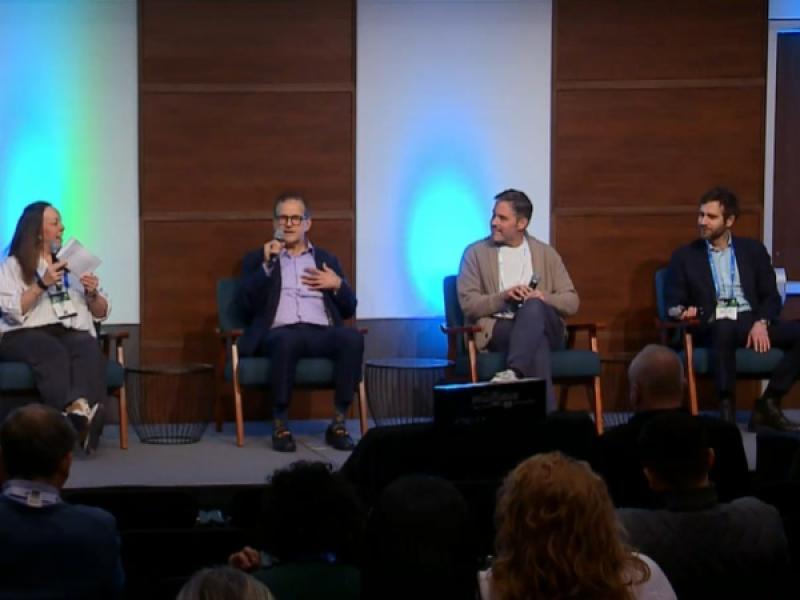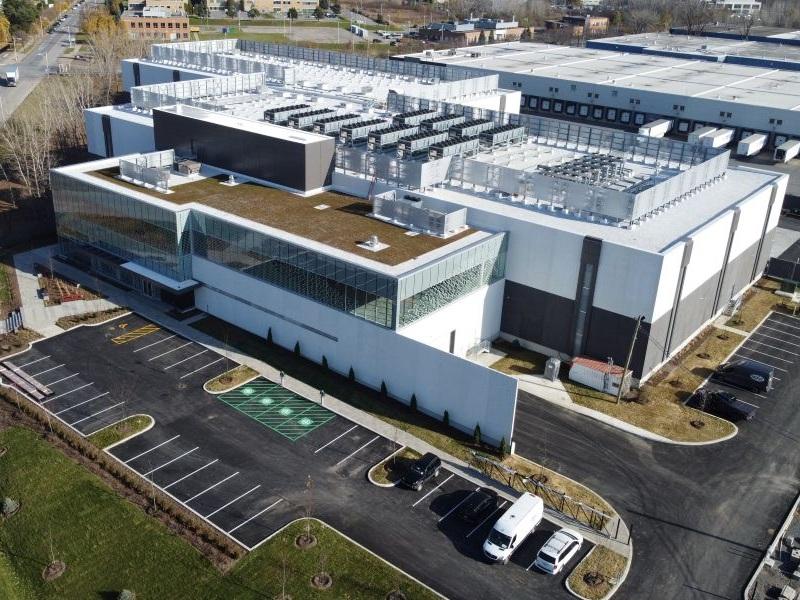
Canada Goose Holdings Inc. says it is making progress on reduction targets for waste and materials, and net-zero greenhouse gas emissions from its operations in its 2024 sustainability report.
Covering its 2023 financial year that ended March 31, 2024, Canada Goose (GOOS-T) says it is close to meeting a goal of moving all its packaging to sustainable solutions by the end of 2025, and is advancing on targets for single-use plastics and sustainable fibres.
The Toronto-based firm is a manufacturer of winter clothing, gear and accessories.
The company says it is on track to meeting its net-zero goal for Scope 1 and 2 greenhouse gas emissions by the end of 2025. Its facilities are being transitioned to run on electricity rather than fossil fuels, and its pollution from purchased energy is offset with renewable energy certificates (RECs).
The company is preparing to send its climate target to the Science Based Targets initiative (SBTi), validate that its climate goals are in line with the ambitions to hold the global temperature rise under 1.5 C. Canada Goose also publicized its supply chain emissions for the first time in a sustainability report.
“Our purpose – to keep the planet cold and the people on it warm – continues to guide all our decisions,” Dani Reiss, chairman and CEO of Canada Goose, said in the sustainability report.
How Canada Goose is reducing its waste
Canada Goose has set the following waste goals for 2025:
- moving all packaging to sustainable solutions (Forest Stewardship Council certified, recycled content or recyclable); and
- no longer purchasing non-recyclable single-use plastics in the manufacturing facilities and corporate offices it owns or controls.
For sustainable packaging, the company says 98 per cent of its packaging meets the criteria. To achieve this, it removed redundant packaging, uses gift boxes comprised entirely of recycled content, and switched to 100 per cent recycled polybags, Alex Eakins, senior director of corporate sustainability at Canada Goose, told Sustainable Biz Canada in an email exchange.
For the remaining two per cent, the company is “committed to exploring new solutions and partnerships to address any gaps,” she said.
Canada Goose says it is progressing on its single-use plastics target, but did not provide details of where it stands to date.
Purchases of single-use plastics that cannot be recycled have ended in its retail stores and the issue remains a large priority, she said, but achieving the goal will “take more time”. Plastic bags are being reused and recycled, resources in its retail displays are upcycled and company offices have adopted a “camping mindset” of packing out everything it brings in, Eakins summarized.
Canada Goose set a goal of diverting all of its post-consumer global warranty waste products by the end of 2024. For its fiscal year 2024, it managed 58 per cent. The gap was explained by the company’s trials for diversion methods and carrying over remaining post-consumer warranty waste products year-over-year. Eakins added the latest year was unique as Canada Goose examined its supply chain and held a portion of inventory back for its resale platform Generations.
Using more sustainable materials
For materials, Canada Goose’s end-of-2025 goals are:
- raising the percentage of Canada Goose materials that are Preferred Fibre and Materials (PFMs) as specified by Textile Exchange to 90 per cent; and
- increasing the percentage of Canada Goose fabrics that are bluesign-approved to 90 per cent.
Using guidance from the non-profit Textile Exchange, which laid out criteria for fibre and materials across environment, climate, sustainability and people, Canada Goose stood at 80 per cent PFM usage. It also used direction from Swiss organization bluesign, which analyzes sustainable textile manufacturing. In the latest report, Canada Goose says 88 per cent of its fabrics are approved by bluesign.
In life-cycle assessments of its most popular products, Canada Goose found PFMs use less water and emit fewer greenhouse gas emissions compared to non-PFMs.
To meet the bluesign standard, it used its old inventory instead of buying new materials. “Although less exciting, we believe it was the most responsible and sustainable approach,” Eakins said.
Canada Goose’s climate efforts
The company notched a modest reduction in direct emissions from sources controlled or owned by Canada Goose, such as its manufacturing facilities. In the period covered by its latest sustainability report, Scope 1 emissions were 1,976 tonnes of carbon dioxide equivalent (CO2e). It is six per cent lower than the 2,100 tonnes of CO2e in the previous period, and a four per cent reduction from its 2019 baseline.
To tackle its Scope 1 emissions, the company is replacing natural gas space heating in its facilities with electric heat pumps. Canada Goose is completing the upgrade for its first facility and plans to make the change in five more facilities over the next two years, Eakins explained.
A building automation system in its Scarborough, Ont. manufacturing facility was installed, reducing energy use by 21 per cent and carbon emissions 18 per cent year-over-year. The technology will be equipped across the rest of its facilities in the Greater Toronto Area and Winnipeg, Eakins said.
Additionally, its headquarters were moved to a LEED Platinum building that prioritizes energy efficiency and features rooftop solar panels and deep lake water for cooling.
For Scope 2, the company offsets the emissions with RECs. Without RECs, the company would have emitted 2,461 tonnes of CO2e.
Canada Goose, Eakins said, consulted with an external firm for an estimate of Scope 3 emissions that make up over 70 per cent of its overall climate pollution. Estimated at 91,113 tonnes of CO2e, financial year 2023 will be its baseline for the metric.
The company intends to submit its targets to the SBTi before the end of 2024.










